Welcome to Section View, a newsletter for curious engineers and hardware people. Brought to you with ❤️ by the Five Flute team.
Designer’s Corner
We’re going LIVE!
This wednesday (8/15/2024) Dave Evans and I are going live for a super laid back and nerdy webinar on Project Electra - our EV conversion of a 1958 Mercedes SL220.

Lightweight Part Design
This past week I spent waaaay to much time on a nerdy deep dive into designing lightweight parts. It started with a simple linkedin post on how much I like Ashby Charts, but ended up with a gigantic comment thread where engineers in the community outlined their approaches to lightweight part design and optimization. The post got 55,000 impressions so apparently engineers like pictures of FEA!
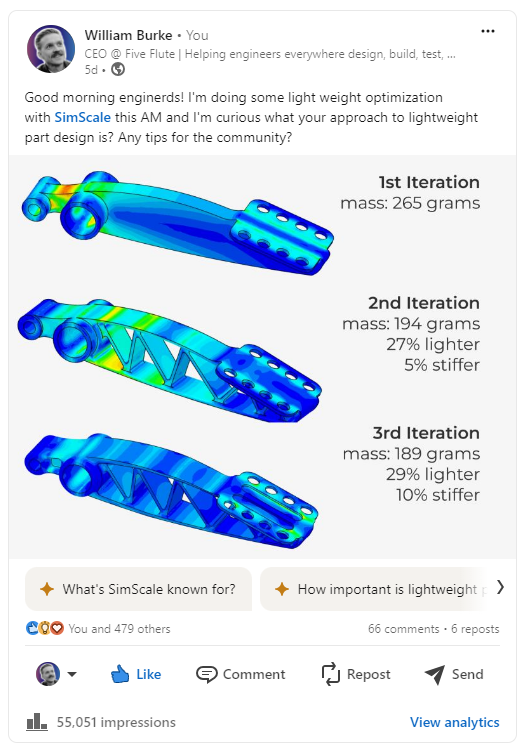
Some folks even asked me for the CAD models so they can make their own versions! I’ll keep everyone posted on how that goes :)
Without further adeau, here’s the latest addition to our already stacked Engineering Articles - An Engineer’s Guide to Lightweight Part Design.
My favorite part of writing this article was the research phase where I discovered an amazing set of NASA resources on Isogrid design. Here’s a link to my favorite section of the Isogrid design handbook.
Porsche double clutch PDK transmission mega teardown
Pour some coffee and throw this video on first thing in the morning. The PDK double clutch transmission is basically a manual transmission with hydraulic automation. It’s an absolute electromechanical thing of beauty. If you love engineering design do yourself a favor and watch.
If you don’t have time, here are my hardware highlights.
-
The PDK has a particularly elegant arrangement of concentric clutches.
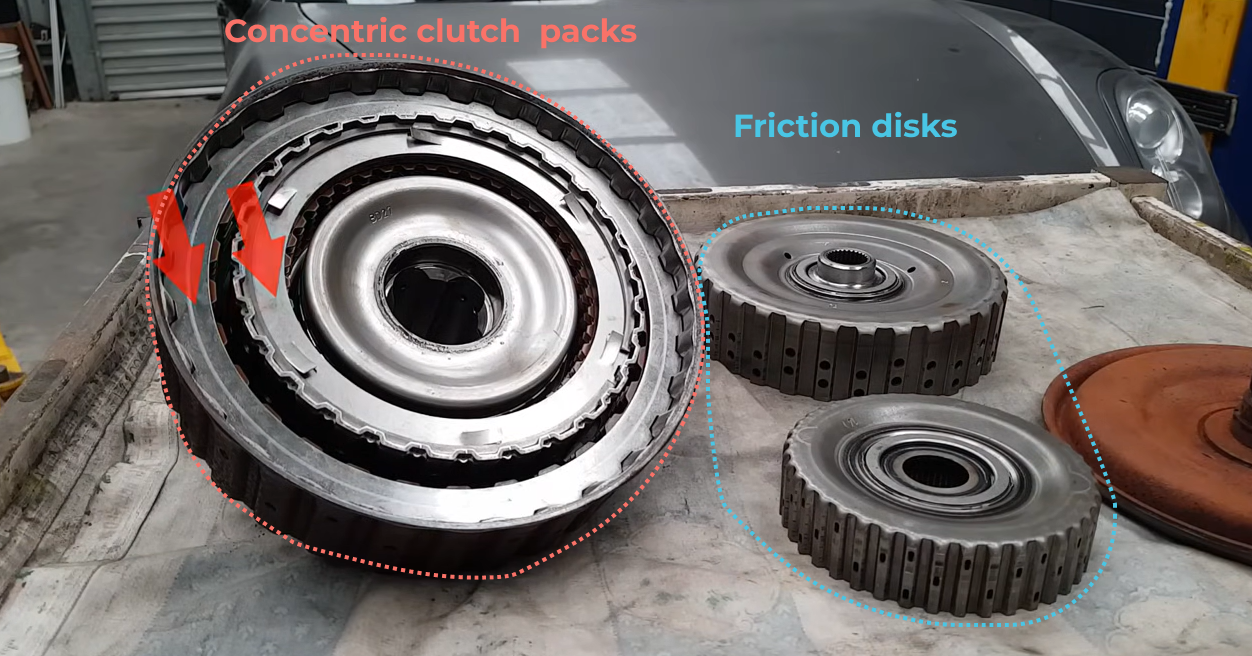
-
Gears use prime numbered (or relative prime) teeth to prevent gear tooth wear patterns and associated vibration. I’ve never designed a full gearbox from scratch so this one was new to me!
-
An amazing visual explaination of synchronizers and shift rods. I never really understood the hydraulic and mechanical arrangement that allowed gears to be properly synchronized before shifting. It’s brilliant.
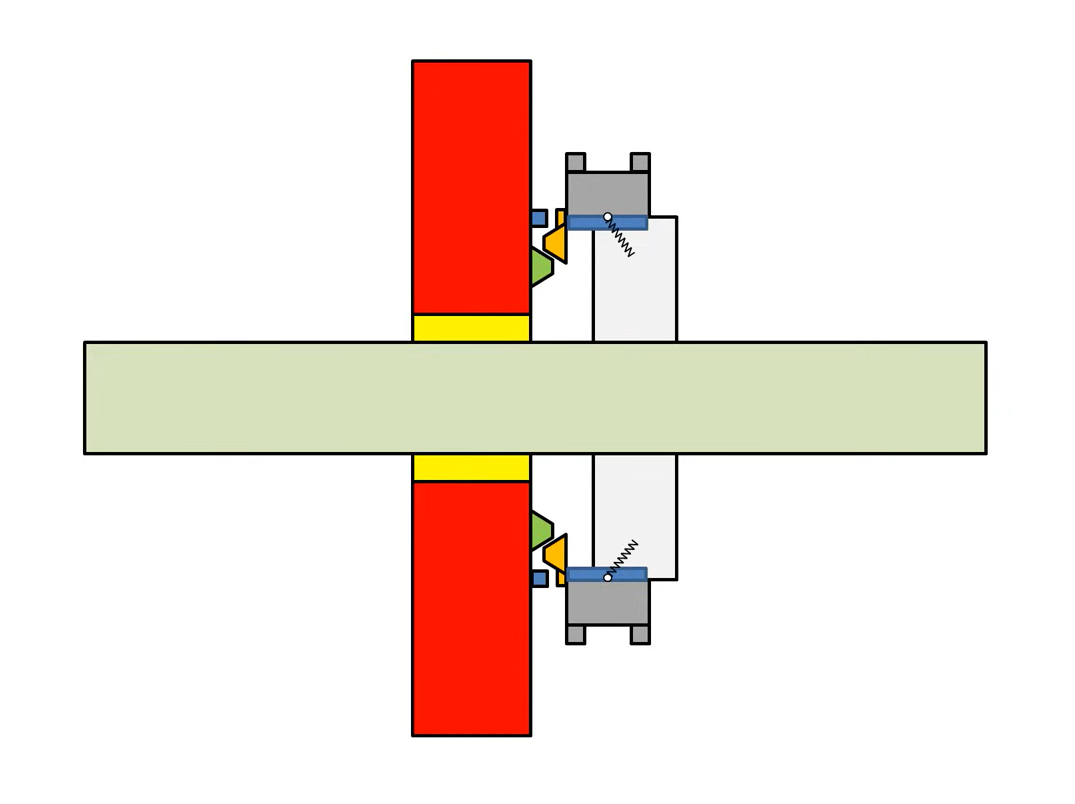
-
The real beauty of dual clutch setups is that first and second (or any sequential pair of gears) can be engaged simultaneously. This allows a simple clutch activation swap to shift between the two gears with zero lag.
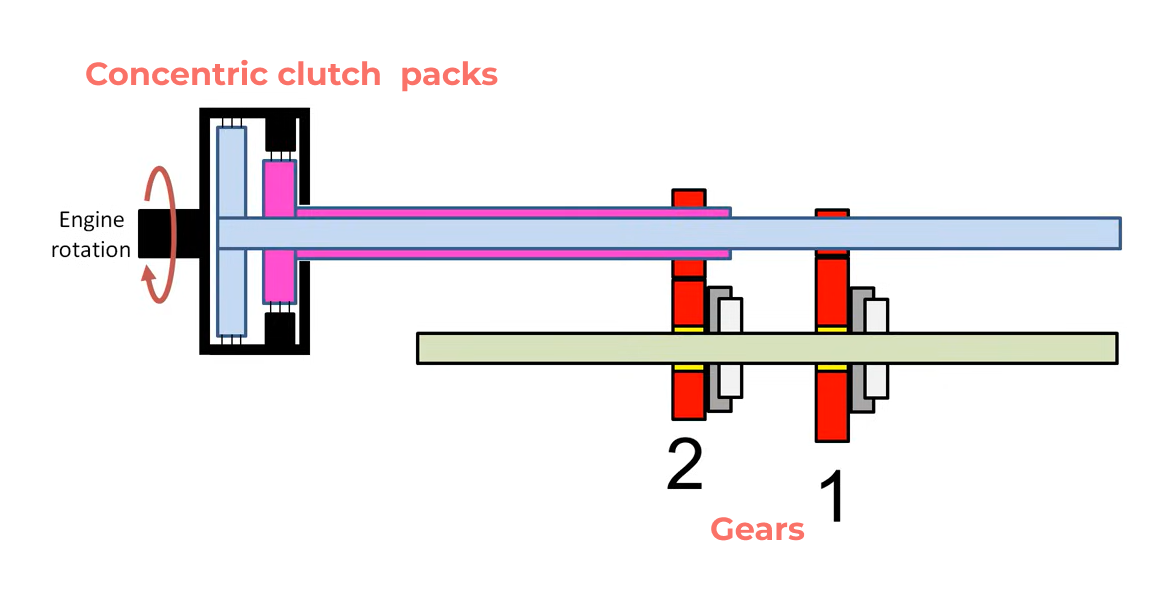
-
The lockout pins prevent shifting into forward gears when in reverse, and vice versa. The Porsche engineers came up with a super simple elegant solution.
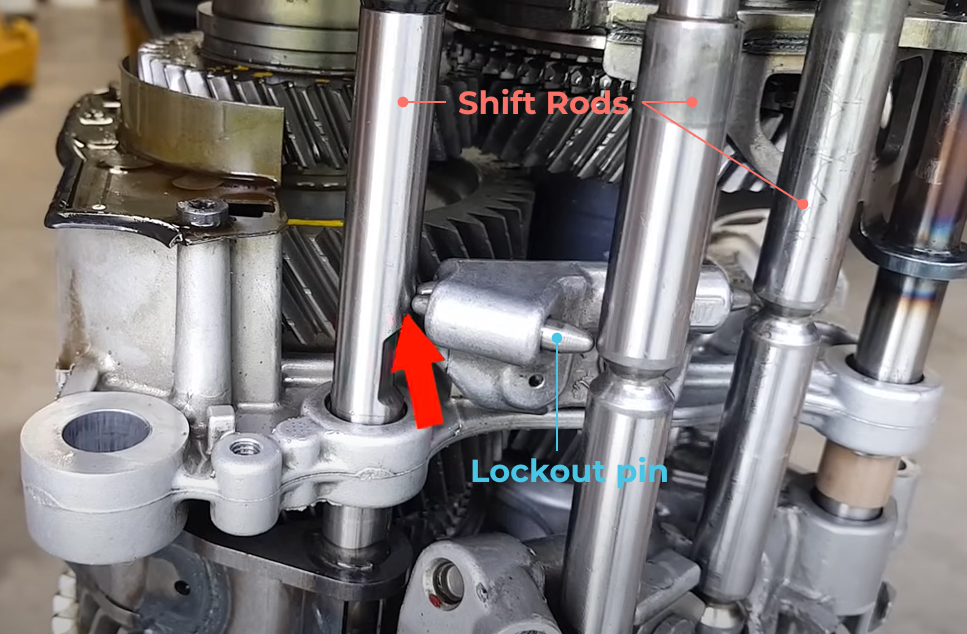
-
The second video in the series has a great explaination of pulse width modulation of a solenoid as a means of pressure regulation.
Manufacturing Spotlight
The Five Flute slack channel was abuzz with this DFMA principles video recently. It mirrors a lot of what we callout in our practical design for manufacturing and assembly article.
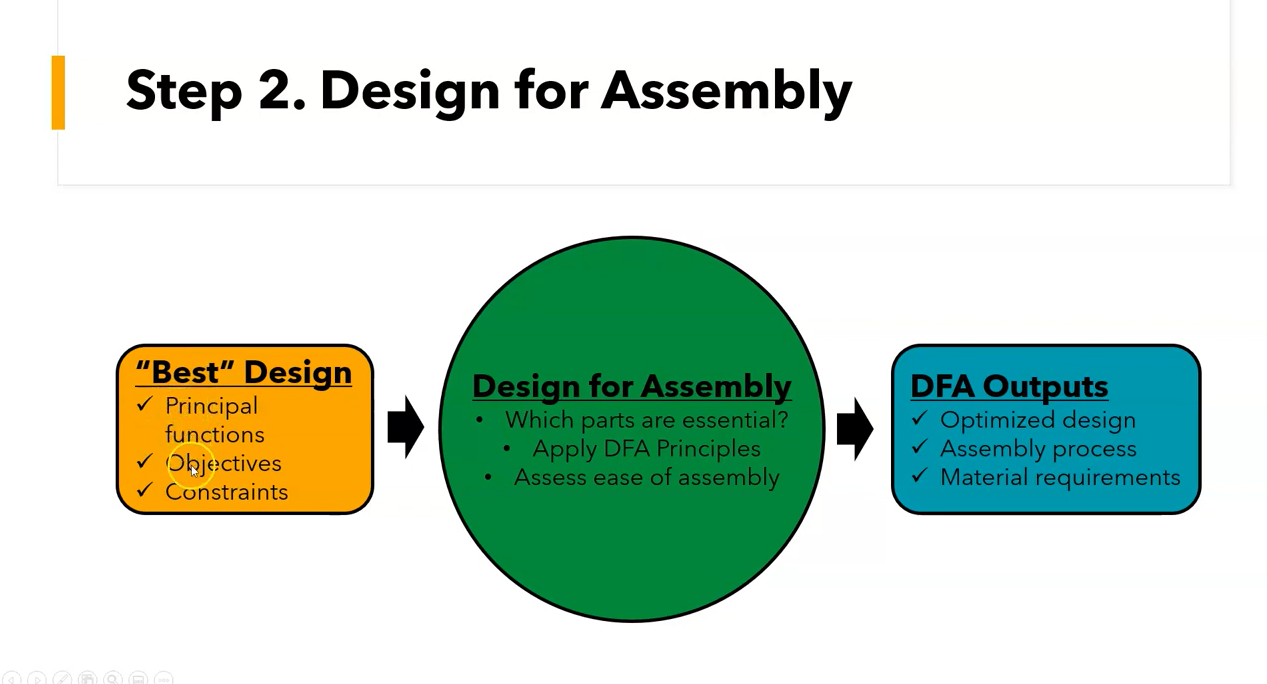
(Olympics) Analysis
I’ve been watching the Olympic track and field events and it’s so incredible how fast elite 100 and 200m runners are. I watch Letsile Tobogo run and he just looks like he’s absolutely gliding. Noah Lyles’s speed maintenance in the last 30m of the 100m is otherworldly. I got curious about peak wattage output and velocity in the 100, and I ended up finding this gem of a paper with this amazing normalized velocity graph for elite 100m runners.
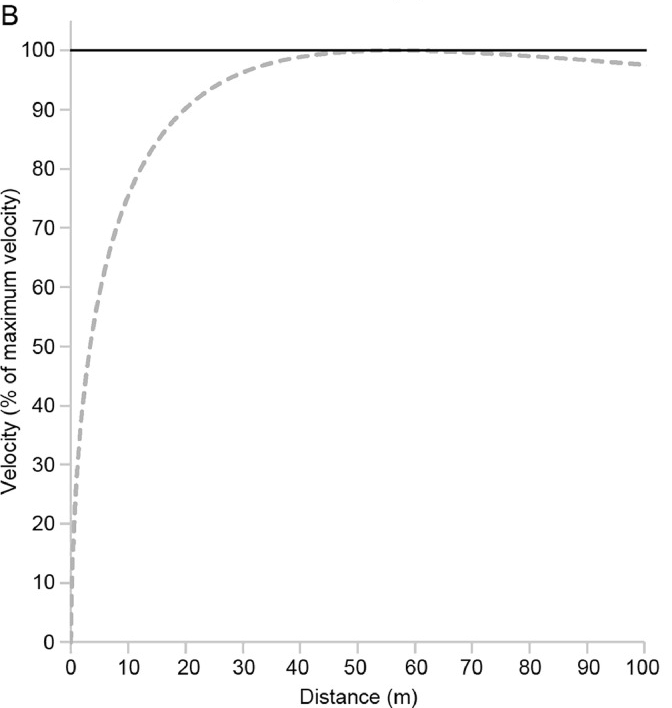
I managed to dig up the 10m split times for the 100m final and Noah’s speed maintenance is amazing. Check out how long he maintains his top speed (splits of 0.84 seconds or less) compared to the rest of the field.
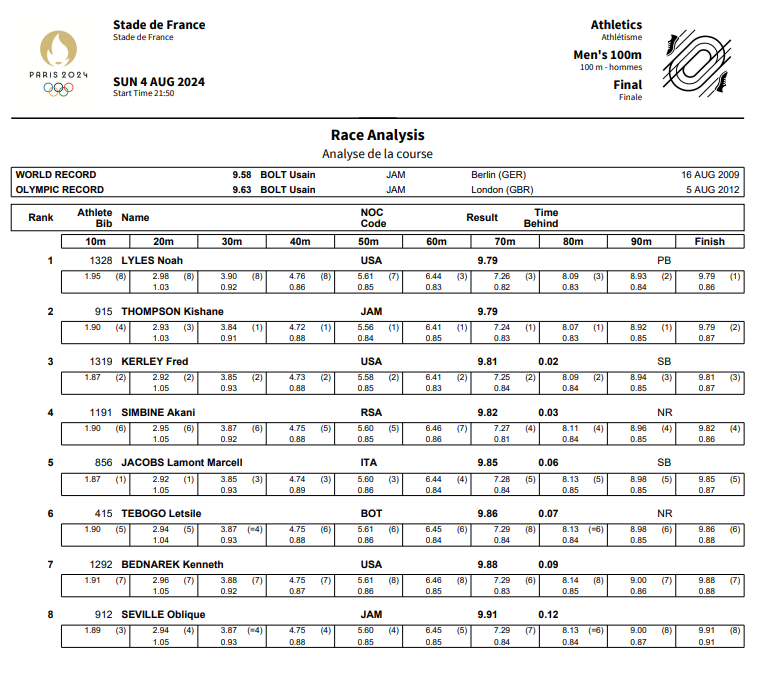
I also learned that the “photo finish” digital timing system works a lot like a flatbead scanner. The image below (on the left) shows the finishing order of the race. What’s interesting is, the X-axis of the image is not position, its time!
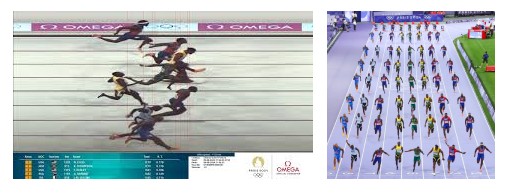
In case you missed it

We released an engineering deep dive article on quadrature encoders. If you design anything that spins, this one’s for you!
That’s it for this issue, thanks for reading and good luck with your hardware projects!
